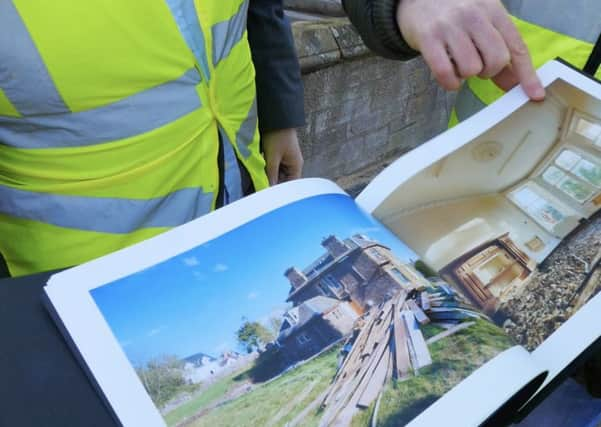Peter McDermid: Why the mortgage market must change


The fact is that the mortgage model today is outdated, archaic and in desperate need of a fresh approach.
It’s one thing building new products that break the mould. But really innovative lenders are also keen to investigate new ways to deliver those loans to borrowers.
Advertisement
Hide AdAdvertisement
Hide AdThe current mortgage process is not exactly renowned for offering a satisfying process.
A study by YouGov a couple of years ago found that only a third of applicants described the mortgage application process as satisfying. And the level of satisfaction falls the further along the process you go.
Technology clearly has a big role to play here.
Over the last year or so we have seen a number of digital brokers spring up and quickly build a following, the likes of Habito and Trussle, making the most of technology to deliver a better experience.
We’re also seeing the emergence of alternative and specialist lenders, who play a crucial role in bridging gaps in the market that traditional lenders either choose not to or are unable to fill.
The booming short-term finance industry is testament to that. A property developer who wants to buy at auction will need to pay the full amount within 28 working days of the conclusion of the auction.
That’s fine if they can call on substantial cash reserves to make an equity-heavy purchase, but if they need to borrow that money then a high street lender is all too often out of the question.
They are simply unable to deliver funds that quickly.
Alternative lenders have responded to these opportunities.
Where traditional lenders cannot deliver, others have built business models that allow borrowers to access funding within a matter of days.
At LendInvest we have had a number of cases where it has taken just three days between application and delivery of funds – that’s the stuff of dreams for a big bank.
Advertisement
Hide AdAdvertisement
Hide AdBut innovation comes in many forms. One area which lenders increasingly have to be innovative in is when designing products.
In such a competitive market, it’s just not an option to offer bland, by-the-number products.
If lenders are truly to succeed, they need to spot the gaps in the market, identify where borrowers are currently underserved and find a way to address those needs.
There’s a lesson here for lenders. The traditional, high street players are weighed down by their creaking, outdated systems and so are limited in how extensively they can utilise technology.
But innovative lenders are in an excellent position to integrate useful, well-placed technology where it can really make a difference.
That doesn’t mean replacing the work that underwriters do – we use technology to ease the burden on those underwriters, to enable them to fully devote their time and energy to the most important tasks.
There can be no doubt this is the way the industry will go.
The old model was barely fit for purpose a decade ago. Today it is a relic. Replacing it with a more innovative model is in everyone’s best interests.
Advertisement
Hide AdAdvertisement
Hide AdPeter McDermid is business development manager for Scotland at LendInvest.